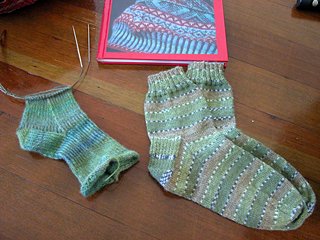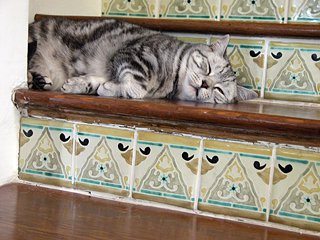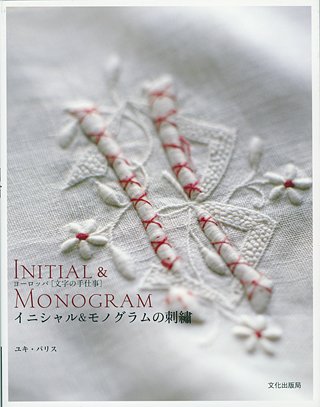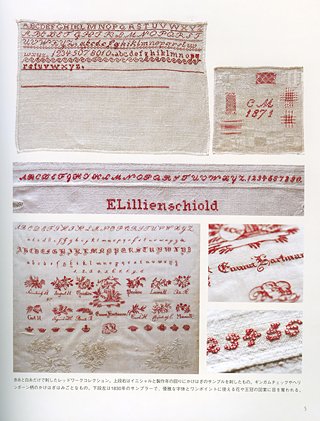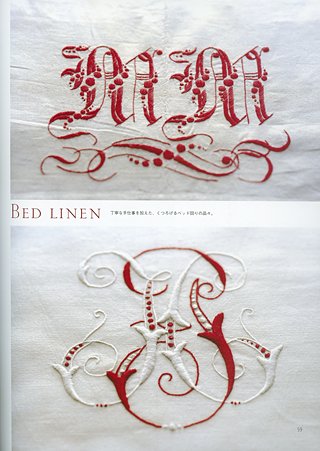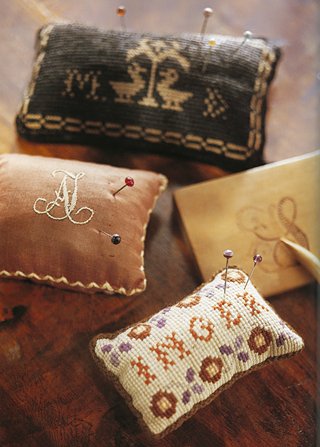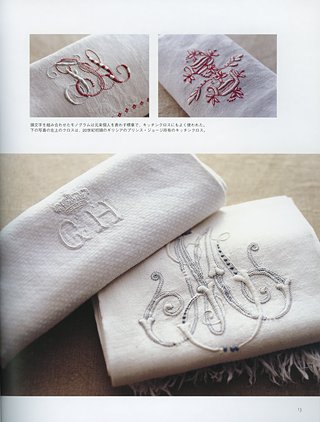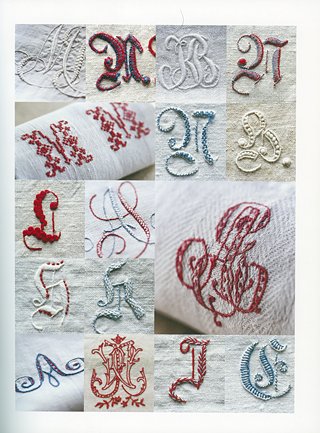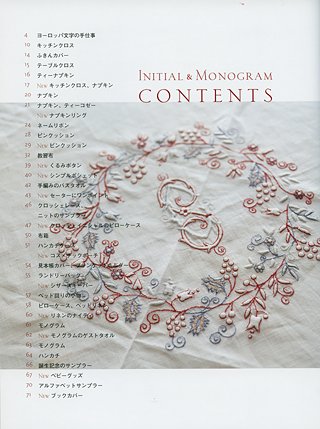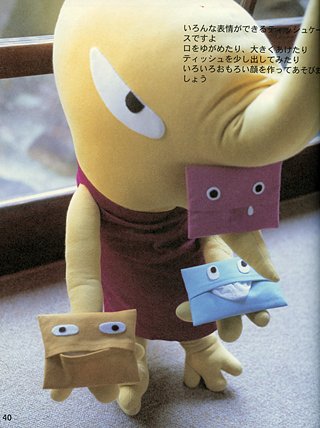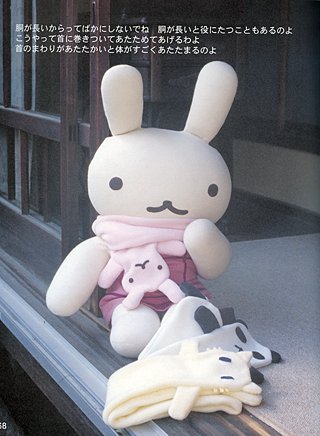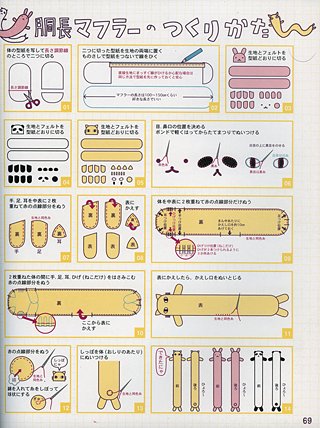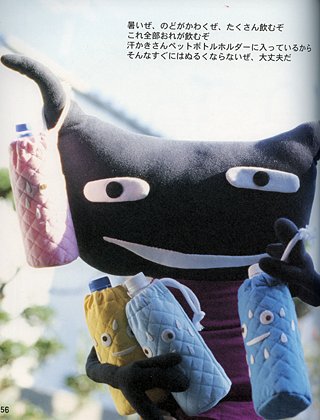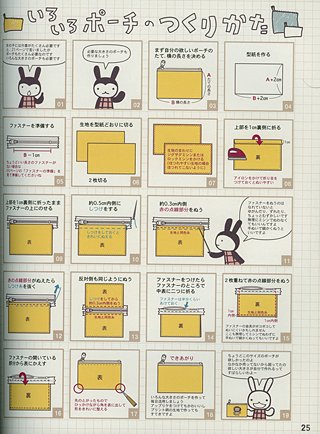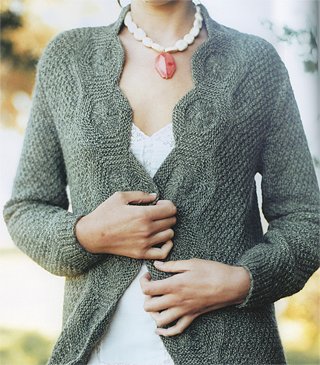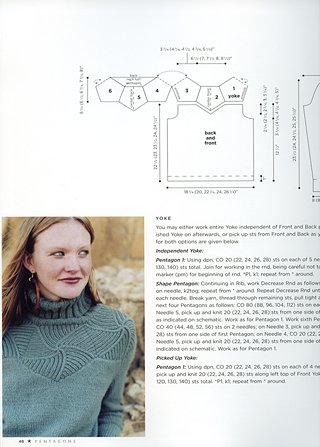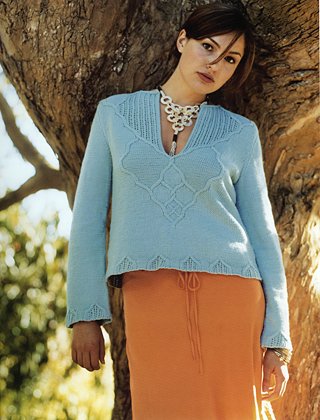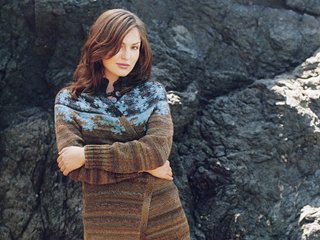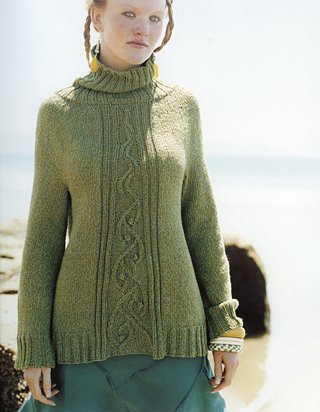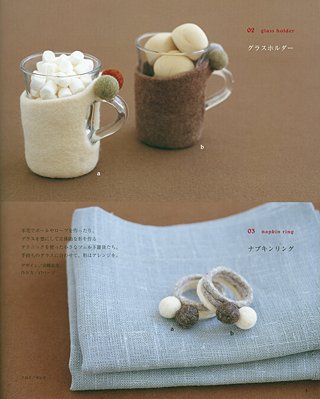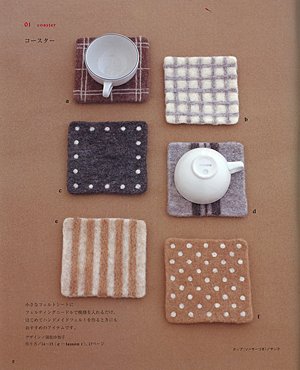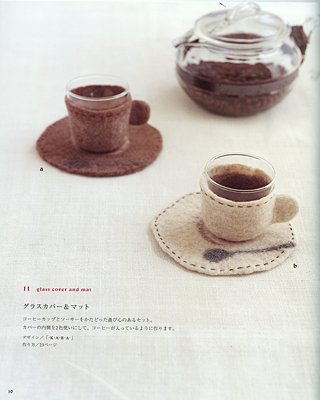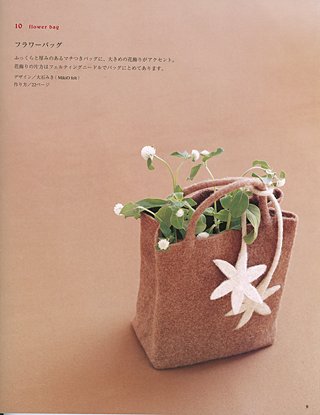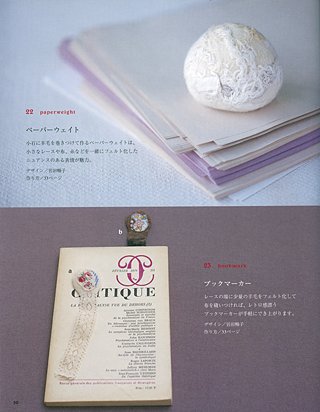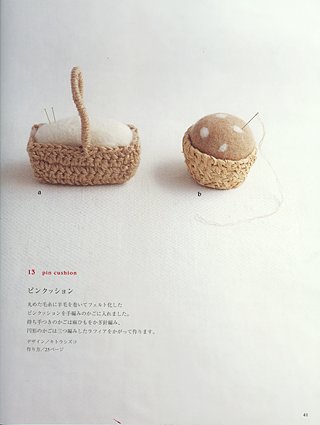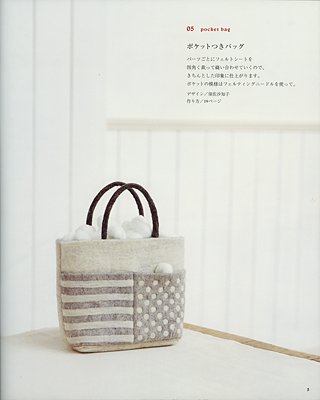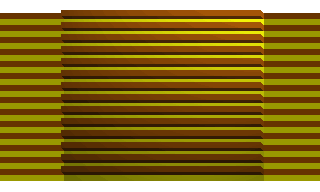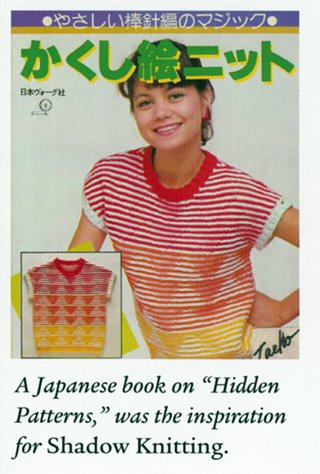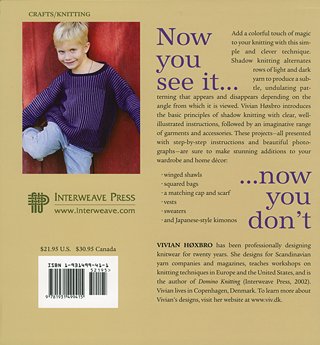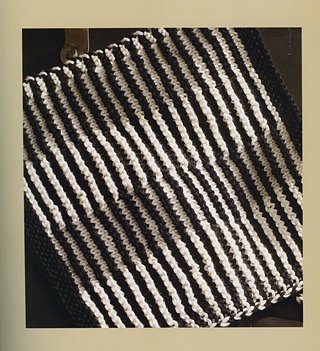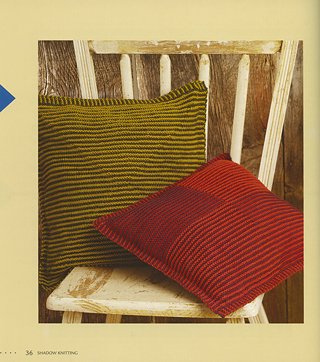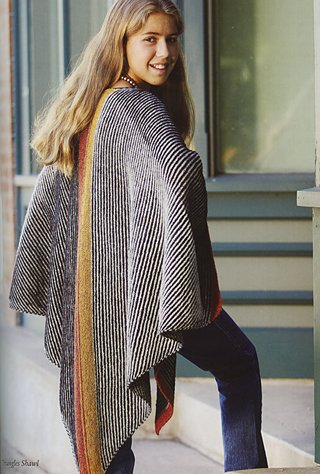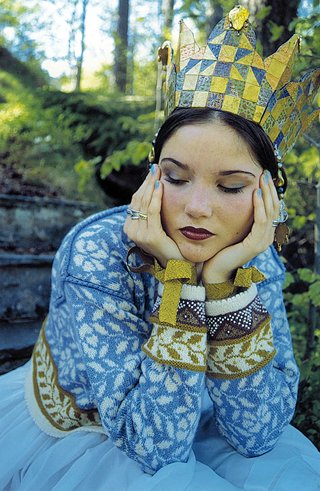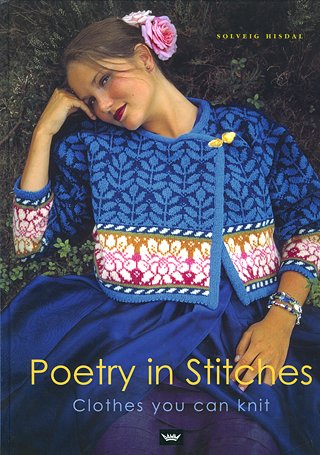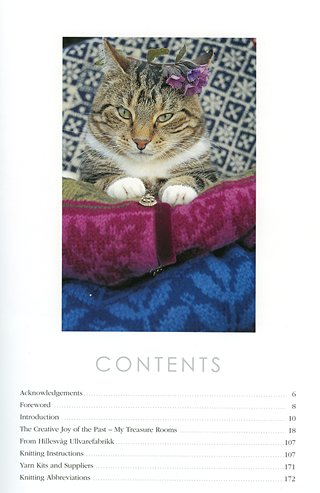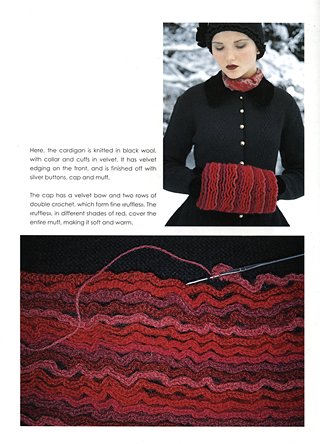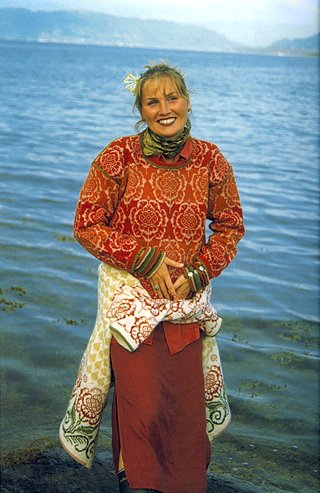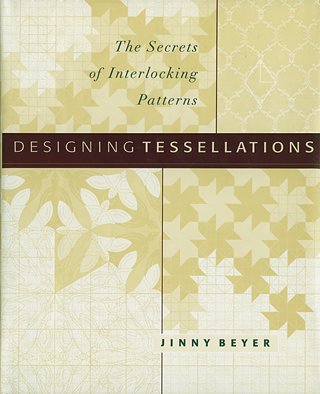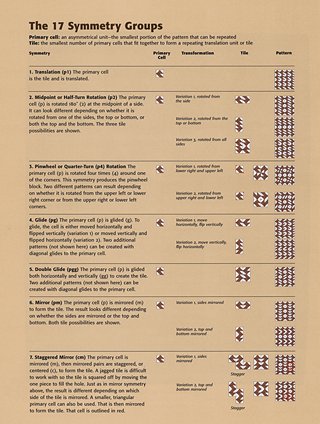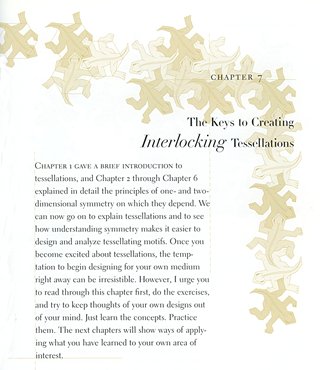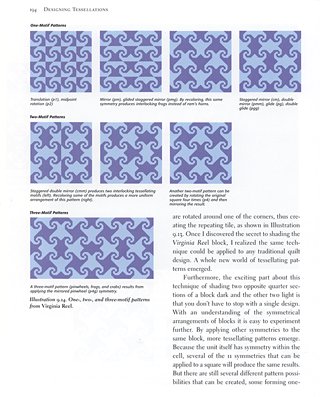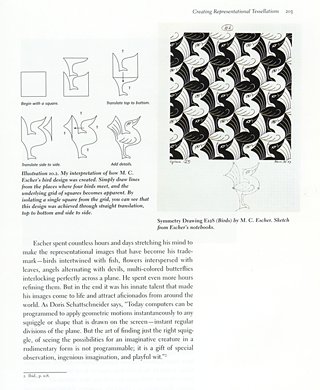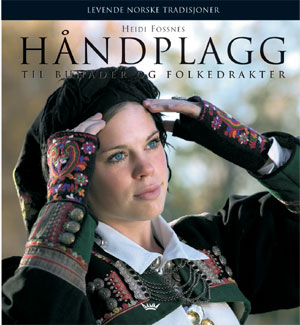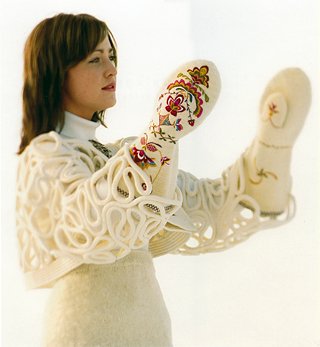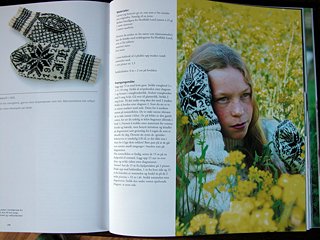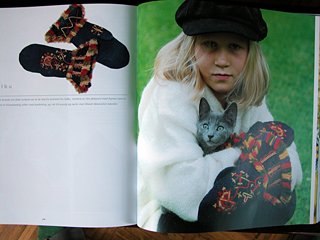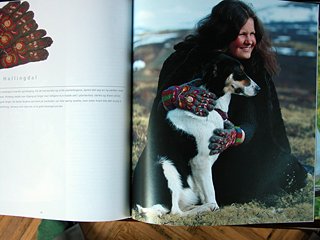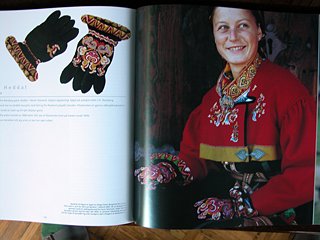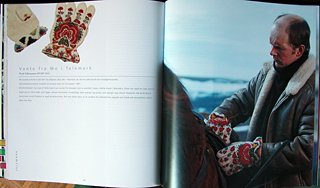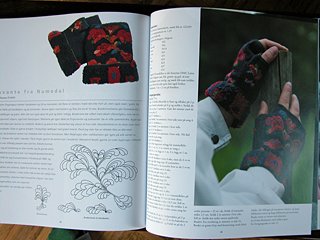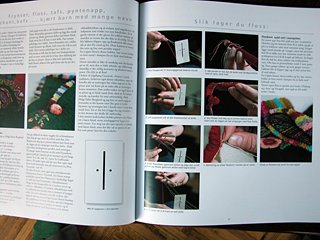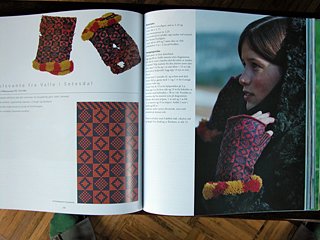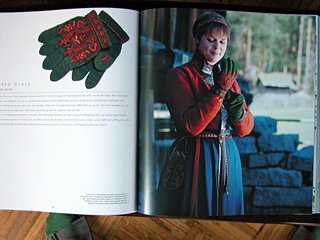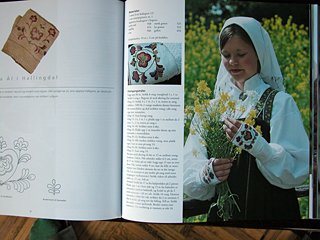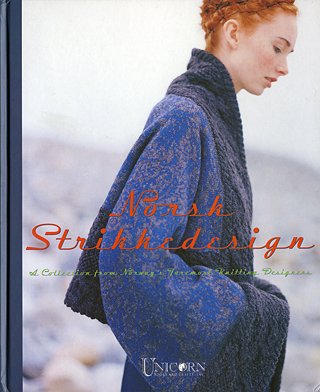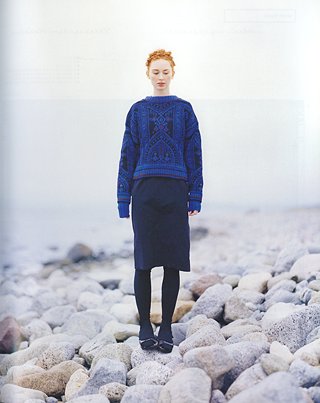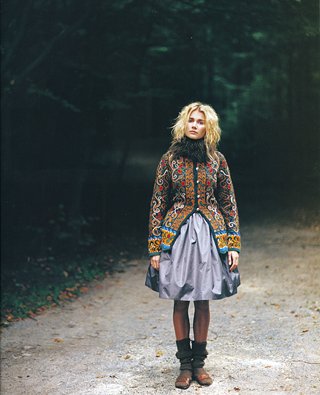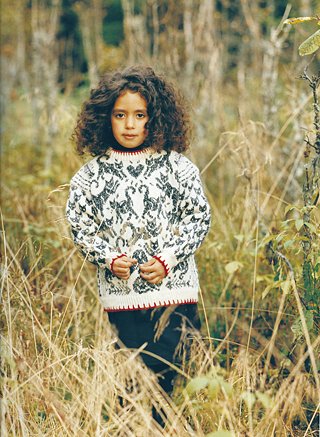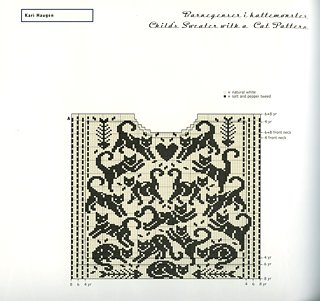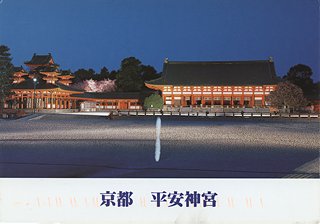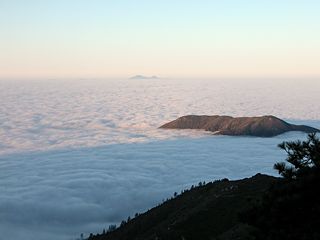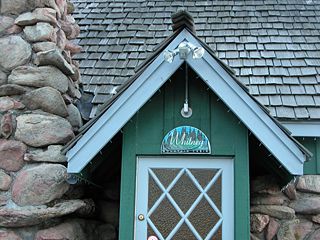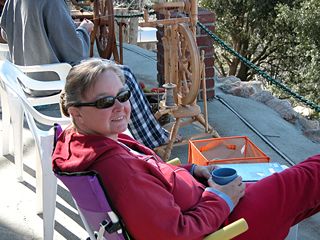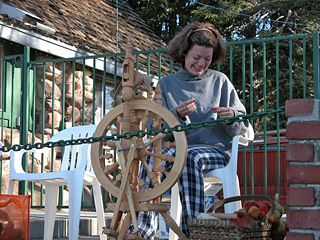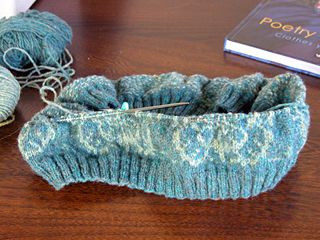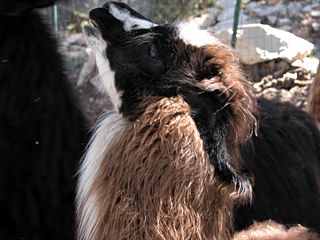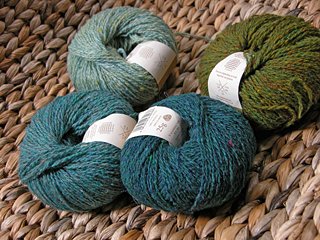109° F = 43° C
As I was driving home from our guild meeting — fortunately in good company (thanks Theresa!) — I swear, my tongue and eyeballs were sweating. We had been without AC from 8:30AM to 2:30PM. It is now 4:30PM and the temperature in Glendale, CA, is officially 109° F. I saw people I really wanted to see today and I am glad I did, but I can't imagine wanting to do this again in August. Right now, that prospect is about as appealing as a root canal.
But it was lovely to see people I like and we had new members today, including a lot of guys, which is quite unusual because so far the ratio of men to women in the guild has been very low. Show-and-tell was pretty good, but I forgot to take pictures. I blame the heat.
I had my stranded-color sweater with me hoping to get some advice on how to handle the neckline from more experienced color knitters. I got lucky. Pam invited me to follow her home after the meeting, where she looked at my pattern and then some Alice Starmore books, and gave me just the advice I needed. She also invited me to borrow one of her books: Fair Isle Knitting. I am really excited about it, because the book is hard to find and only available at collectors' prices. Thanks Pam for lending me such a rarity!
At Pam's house I got to meet two adorable Bearded Collies, seen here in front of their own private fan.
I finished the green Antique Patch socks when the camera was in the shop and forgot about them until today. I haven't even washed them yet. Here they are next to a sock in progress that will never be worn, because I worked it too tight. I used the same needle size and yarn thickness as for all my other socks, but my tension turned out completely different working with two colors; it's only 2/3 of what it should be. I also don't have enough yarn for two socks, so this one will be a Christmas sock. For the first time, I made a picot edge instead of the 2/2 rib and I can't wait to see what it looks like when it's finished.
The temperature is now down to 108° F. Hey, things are looking up. Kelvin has found a relatively cool spot and is not relinquishing it.
Although he is changing position from time to time.
Everybody should have ceramic tiles to put their butts against. Hope you are staying cool out there in the rest of the world.

